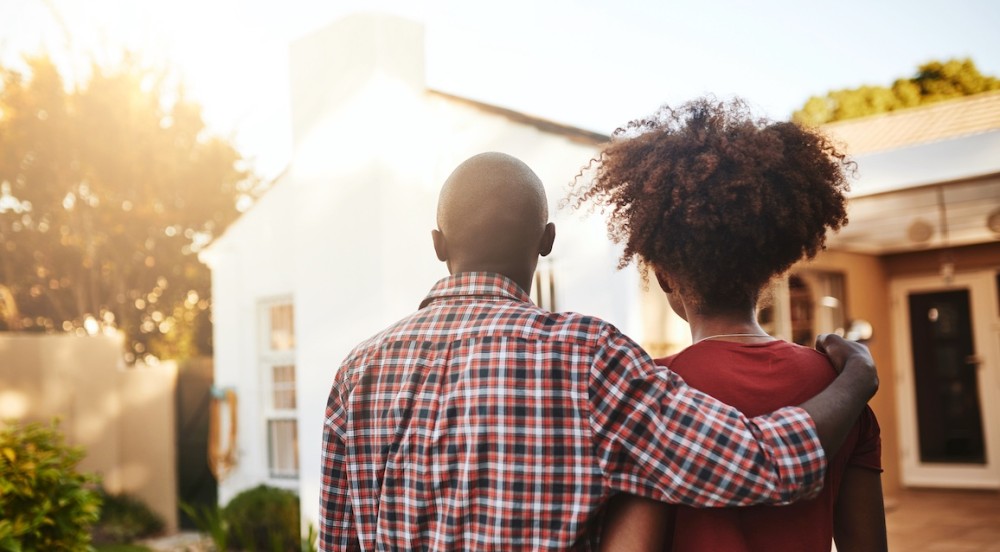Home values in Black neighborhoods have been historically lower than white neighborhoods and the trend continues, reports the New York Times.
In a 2018 Brookings Institution and Gallup study, it was discovered that homes owned in predominantly African American neighborhoods are worth, on average, half as much as those in neighborhoods with no Black residents. Additionally, from 1980 to 2015, homes in white neighborhoods doubled in value as opposed to those in communities of color.
Paula Campbell, who owns a home in the Orange Mound section of Memphis, Tennessee, near the University of Memphis campus, says property values in her area dramatically decreased by approximately 30 percent from 2009 to 2019. After purchasing her home for $300,000 in cash, the home was recently assessed to be valued at only $150,000.
Campbell said that if you took her house and dumped it in white neighborhoods of Memphis such as Germantown, Cordova or Central Gardens, the value would double.
“I am concerned about the property value, I am concerned,” she said. “Not just for us, but for everybody that wants to be here.”
Andre M. Perry, who co-wrote the Brookings study and also authored Know Your Price: Valuing Black Lives and Property in America’s Black Cities, argues that public policy plays a pivotal role in assessing a neighborhood’s value.
“Black people are not broken, our homes are not broken, but they are devalued,” Perry says. “If we can change the narrative that the condition of Black homes is the result of individual decisions, then we can actually get to policy to solve problems.”
Melvin Burgess, the Shelby County property assessor noted that the community of Orange Mound is in dire straits.
“It’s a no-win situation,” Burgess said. “You know and I know that with your home, if you have no equity to borrow against, to send your kids to college, to do some things around the house, or just to have extra cash—especially in the Black community—that’s the only asset you have, that’s the only asset you have to let you be economically stable.”
While the area is 90% Black now, the Orange Mound section of Memphis ( which takes it name from the osage orange bushes that bloom on its eastern edge) was originally a plantation owned by John George Deaderick Sr and his family that became prosperous through the labor of enslaved people. In 1889, a descendant of Deaderick’s sold some of the property to a white developer named Elzey Eugene Meacham, who eventually broke social barriers by selling land to Black people. The area became the first subdivision in the country earmarked specifically for Black buyers, who put down 50 cents on $40 lots. Seeking greater economic opportunities, Black Americans migrated to the area and it became a part of the locale for generations.
Fast forward to today, Orange Mound is a microcosm of what Black neighborhoods are experiencing across the county. The legacy of racial injustice and gentrification have negatively impacted Black neighborhoods and home values in a variety of ways.
Brett Theodos, a senior fellow with the Urban Institute, said that improving the status of all neighborhoods of color, instead of just a select few, would demand ten times the investment in municipal, state, and federal commitments.
“Otherwise, we’re going to keep putting $10 million into a place, which will feel heroic and will feel like a lot, and it won’t fundamentally change that place,” he said. “Or maybe we will improve this place over here, but meanwhile three other neighborhoods are declining because we’re ignoring them.”













